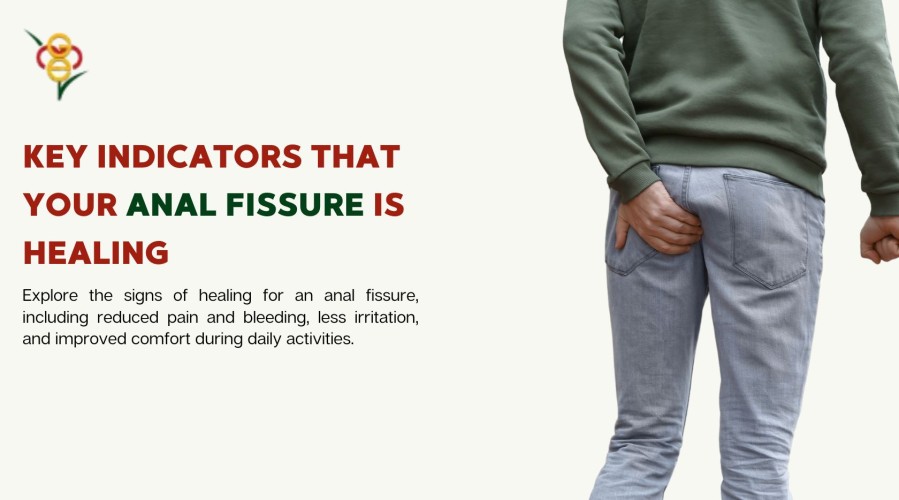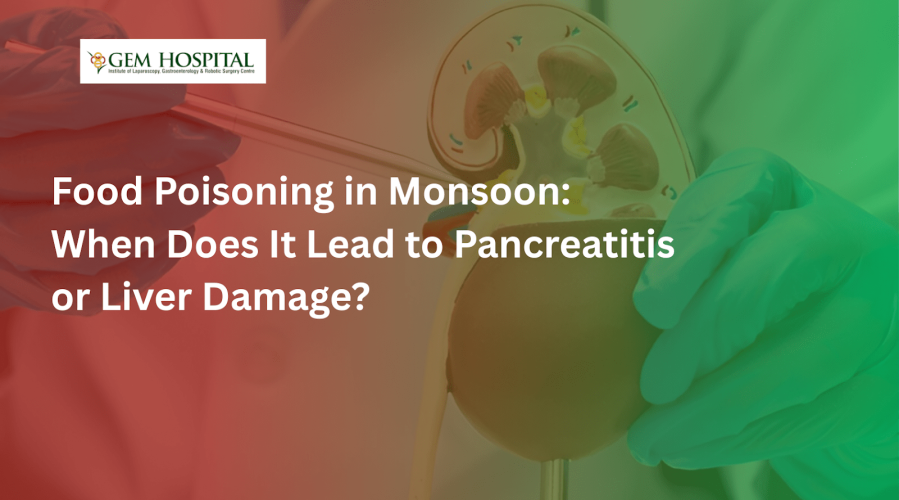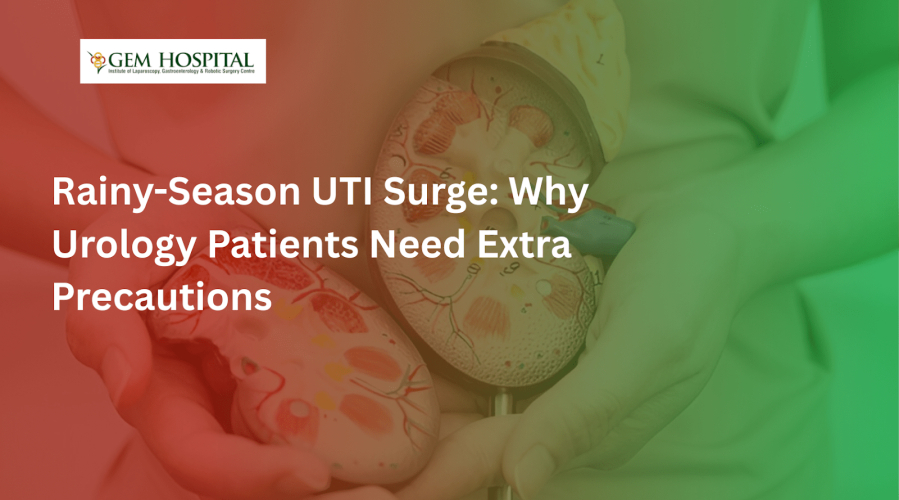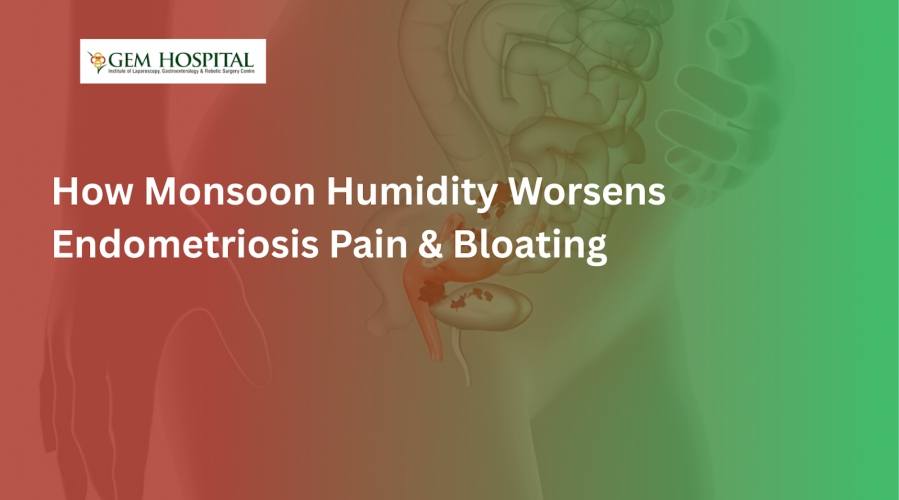Food poisoning is common during the monsoon. Learn when it becomes serious, how it can lead to pancreatitis or liver damage, warning signs, and when to seek medical care.
What Are the Signs That Your Fissure Is Healing?

Experiencing discomfort due to an anal fissure can be both painful and distressing. However, recognizing the signs that your fissure is healing can bring much-needed relief and optimism. In this blog post, we’ll explore the essential indicators that suggest your fissure is on the mend, simplifying the information so you can easily understand and apply it to your situation.
Reduced Pain During Bowel Movements
One of the most immediate signs of recovery is a decrease in pain during bowel movements. Initially, you may have experienced sharp pain or discomfort, but as the fissure heals, this pain should gradually lessen. If you notice that each trip to the bathroom is becoming less daunting than the last, it’s a positive sign that healing is underway.
Less Bleeding After Passing Stools
Another clear indicator that your fissure is healing is the reduction of bleeding. Initially, you might have noticed a small amount of blood, either on the toilet paper or in the toilet bowl, after passing stools. As the fissure heals, this bleeding should significantly decrease. Seeing less blood can be a reassuring sign that the tissues are repairing themselves.
Decreased Itching and Irritation
As fissures heal, symptoms like itching and irritation around the anal area often diminish. Healing tissue may occasionally itch, but this should not be as intense or persistent as when the fissure was at its worst. If you find yourself feeling more comfortable and less irritated throughout the day, it’s a good sign that the fissure is healing.
The Importance of a Softer Stool
Consistency is Key
Ensuring that your stools are soft and pass easily is crucial for the healing of an anal fissure. Hard stools can cause further tearing and slow down the healing process. Incorporating fiber-rich foods into your diet, staying hydrated, and possibly using stool softeners as recommended by your doctor can help maintain soft stools and promote healing.
General Increase in Comfort
Lastly, a general increase in comfort while performing daily activities can indicate that your fissure is healing. If you’re no longer constantly aware of discomfort or pain in the anal area, especially during and after movement, it’s a promising sign that your fissure is healing.
When to Seek Further Medical Advice
While the above signs can indicate healing, it’s important to consult with a healthcare provider if you experience severe pain, excessive bleeding, or if your symptoms do not improve. Persistent issues may require further treatment.
Schedule an Appointment at GEM Hospital
If you’re dealing with an anal fissure and need professional advice or treatment, consider scheduling an appointment with GEM Hospital. Our team of experts is dedicated to providing you with the care you need for a swift and smooth recovery. Don’t hesitate to reach out and take the first step towards healing.
Blogs & Article
UTI cases often rise during the rainy season. Learn why urology patients need extra precautions, common causes, symptoms, and prevention tips to stay healthy during monsoon.
Monsoon humidity can worsen endometriosis pain and bloating. Learn how weather changes affect symptoms and discover practical tips to manage discomfort during the rainy season.


